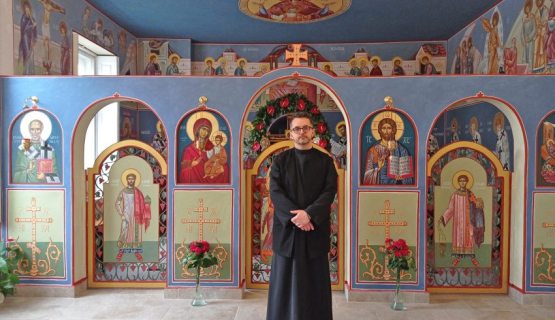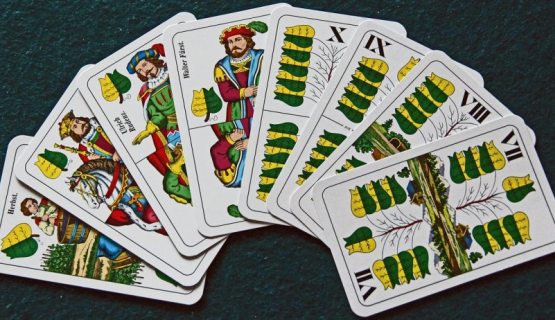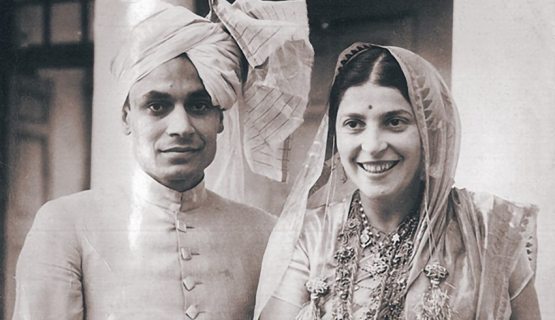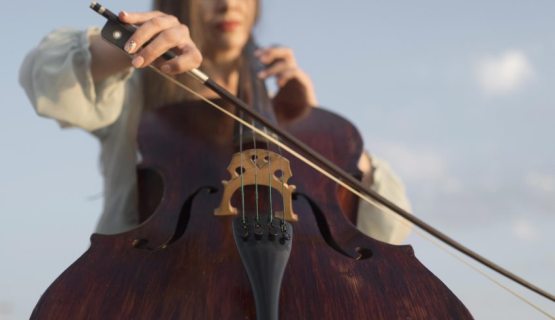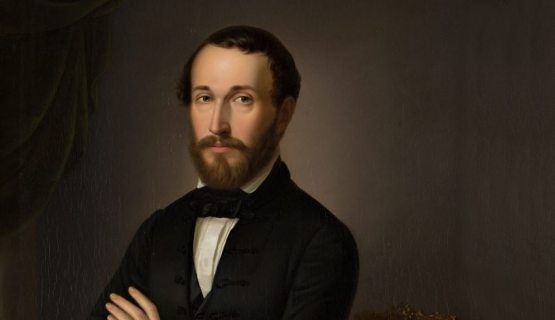A mother who wrote the first Hungarian children's book
Amália Bezerédj wrote the first Hungarian children's book, The Book of Flóri, for her daughter and the kids of the kindergarten-school she founded on her estate. The work was so successful that it was used to teach Hungarian children to read for almost a hundred years. The author was a pioneer not only in literature but also in teaching and education.

A relative of famous poets
Amália Bezerédj was born in 1804, the first child of Antónia Szegedy and György Bezerédj. The Bezerédj family was one of the oldest noble families, having many war victims in Hungarian history, ex.: at the battle of Pozsony, Mohács, and Zimony, and among their ancestors was Imre Bezerédj, who was commander-in-chief of the Hungarian armies and general of Ferenc Rákóczi II. His soldiers loved him and even wrote his name in the folksong: "Hey, Rákóczi, Bercsényi, Bezerédj ...". The extensive noble family had estates in almost 40 settlements. High officials and writers, poets, sculptors, and musicians also came from the family. Amália's father was also a talented man, active in political life, fond of literature and music, and even wrote his own biography in Latin. Antónia Szegedy's sister Róza Szegedy was the muse and wife of the poet Sándor Kisfaludy, whose younger brother Károly Kisfaludy became one of the greatest representatives of Hungarian Romanticism as a poet and painter.
It is no wonder that Amália loved literature and music as a child. She was an excellent pianist, harpist, and singer, and was famous for her ability to play every melody by ear. In addition to Hungarian, she was fluent in German, French, English, and Latin. She was taught not only by her tutor but also by her father, and her mother thought it important that she learn domestic chores.
And she had another responsibility, too, since she was the eldest child: their mother was very ill, so from the age of ten she helped to raise her six little siblings.
She fell in love with her future husband as a child
Amália grew up fast, raising her siblings, and love came early in her life. A distant relative, István Bezerédj, was a lawyer apprentice for Amália's father and taught the then-only thirteen-year-old girl to paint. A deep friendship developed between the two young people, which soon became love. In 1819 they confessed their feelings to each other, and István Bezerédj wrote to his mother: “I have a sea of good luck, my sweet Mother! She has confessed to return my love. Oh, how great it is, I never thought I could be loved so, and so great a happiness open to me.".
They decided to marry, but Amália was only fifteen, so they waited two more years. On her seventeenth birthday, they were tied in holy matrimony and settled on István Bezerédj's estate in Tolna County. Their home in Hidja soon became the famous intellectual center of the Hungarian Biedermeier period, hosting visitors such as Ferenc Deák (Hungarian statesman and Minister of Justice), Statesman and later Prime Minister Lajos Batthyány or Miklós Wesselényi (leader of the Upper House of the Diet). The guests talked about politics, read aloud, played music for each other, or relaxed by playing cards and riding carriages or horseback. In the summer, they relaxed in Balatonfüred, drank from the water of the fountain in Füred, and in the evening they had a house concert. In 1830, István was elected representative of Tolna County, so they often stayed in Pozsony (Bratislava), the place of the Diets, where not only István worked, but Amália also actively supported her husband's political ambitions.
Violets in love letters
Despite her young age, Amália became a true intellectual companion to her husband. She was a bright, witty, and cultured woman, and István, unlike most men of that age, treated his wife as an equal. They read, planned, and worked together. However, their work together was made increasingly difficult by Amália's long illness. She often had to retreat to the countryside to heal, far from her husband, but their love was not weakened by the distance. This is clear from their correspondence.
The violet was Amália's favourite flower, and István had pressed violets left in his many, many letters, which the spouses sent to each other.
Amália wrote to her husband about one such occasion, "The violets have brought me much joy. It is more the thoughtfulness of a worshipper than of a husband. I, on the other hand, who am now more in love than I was three or four years ago, find it quite natural; I ask only my own heart, and I do not want to ask anything else when it is a question of my István’s feelings."
The first Hungarian rural kindergarten
Their most important common goal became the education of Hungarian children. Together, they helped to run the schools of their county, initiated the foundation of a kindergarten in Szekszárd and the school in Tolna training kindergarten teachers, and fought for the reform of the training of elementary school teachers. They were the first in the country to establish a rural kindergarten for children aged 3-8-9 on their estates. They had their press house in Hidja converted into a school for the children of the poor people of the plain land, who were taught here to read, write and count, but had subjects such as nature study, Bible, Hungarian geography, Hungarian history, singing, health, morals, and manners, too. They were given a small plot of land of their own, on which they could grow vegetables, and they also took part in caring for the plants and animals. They had a mineralogical collection, a globe, a playground, swings and balls. The activities were varied and short.
They sang and moved between each lesson, so there was no need for discipline or punishment.
Amália Bezerédj visited the kindergarten-elementary school in person. She also made learning easier for the children with her love and small acts of kindness.
The fruit of their love: Flóri
Their child was born in 1834, whom Ferenc Deák called the "little girl of the Diet", because she was born in Pozsony during the Diet. They chose the name Floriana for her at her baptism, thus introducing the girl's name “Flóra” to Hungary. The girl was also enrolled in the kindergarten-school they founded, where she was able to make friends and learn with the children of the serfs and servants. Amália also spent a lot of time with her little daughter, quickly introducing her to letters and numbers. She told her stories, made up stories for her, taught her French and German, and made sure she spent time outdoors playing with the animals.
István intended his daughter to be an emancipated woman, and the parents' correspondence reveals that Flóri demanded her human rights from a young age - if she was denied something, she would say "I am a human being".
Because of his work, the father was away from his little daughter quite often, but even then he frequently corresponded with his wife about their child and always sent a message to his little girl: a kiss and a promise to take her to see beautiful flowers and foals when he came home.
Her first earnings: 25 forints
In the society of the time, it was often frowned upon for a woman to pick up a pen and write. It was believed that women writers and poets could not be good mothers and housewives. Amália was lucky that her husband did not think so. István Bezerédj also fought for women's rights in parliament and even spoke out in favour of women's right to vote at a district session of the 1843-44 parliament. He also supported his wife in her efforts. Amália used her own artistic means to fight for women's equality, women's participation in public life, the education of young children, and teacher training. She regularly wrote short stories in Hungarian and German about the problems of women's lives and of the social prejudice they faced. Her husband congratulated her on her success and on her first income: 25 forints for a published short story. Amália was a composer, too. She was very fond of Hungarian folk songs and folk music, and a piece of music of hers was published under a pseudonym in a collected volume of Hungarian Songs from Veszprém County. It was called Verbunkos Kotta, which was included among the works of famous composers such as Márk Rózsavölgyi and Antal Csermák.
The birth of the Hungarian children's book
Her husband encouraged her to write stories for their daughter and the children at their kindergarten in Hidja. And so was born the Book of Flóri (short for Floriana), the first original Hungarian children's book, in which Amália created songs to accompany the stories, poems, and sayings.
She was also driven by the goal of writing a suitable textbook for nursery school teachers, as she knew how much need there was for songs, poems, and stories in Hungarian.
She opened with the alphabet, then continued with stories and prayers, followed by poems and sayings about good behaviour, nature, pets, and the world. In between, she worked on another reading book for young people in Hungarian. This was the Evenings in Földes, in which the characters discuss education, human rights, and talent in dialogue form.
Unfortunately, Amália did not live to see the books published. She died of lung disease in the autumn of 1837, aged 33. Her works were published by her husband in 1840. István was determined to preserve his wife's works for posterity, so he was very keen to organize Amalia's literary legacy and throughout his life, he endeavoured to ensure that the book reached as many families and institutions as possible. He was also proud to promote his wife's work, The Book of Flori, among noble families. He was pleased to write in a letter that the Archduke's family already had a copy of the book, and that the Batthyánys' little daughter knew the sayings by heart. It is no coincidence that until 1860 it was one of the most widely read works in Hungary. The great Hungarian story writer and collector, Elek Benedek once wrote: "My first book was not the ABC, but the first real Hungarian children's book, the Book of Flóri. [...] From the soul of this little book sprouted the vast tree of my children's and youth books. This is what made me indebted to the children's world: to give you, children, all the beauty that one book has brought to the child's soul."
Literature used:
- Bezerédj Amália: Flóri könyve
- Fábri Anna: „A szép tiltott táj felé” – A magyar írónők története két századforduló között (1795–1905)
- Kurucz Rózsa: A tehetséges, európai műveltségű Bezerédj Amália (1804–1837) öröksége
- Magyar Történeti Életrajzok/ BEZERÉDJ ISTVÁN (1796–1856)
- Zibolen Endre: Bezerédj Amália/ Köznevelési Évkönyv




